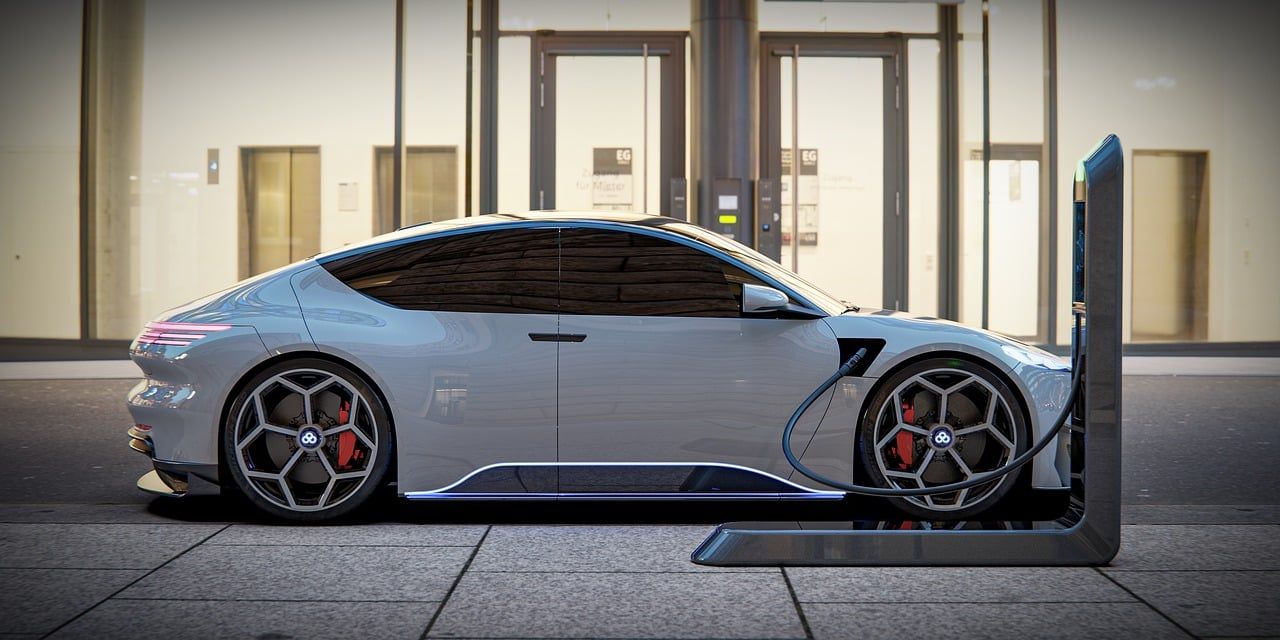⚡ 12-minute recharge, 800 km: technological breakthrough for electric cars
Follow us on Google News (click on ☆)
Lithium-metal batteries differ from conventional lithium-ion models by using pure lithium instead of graphite. This difference provides higher energy density, meaning more range for similar weight. However, these batteries have until now been hampered by dendrite formation - crystalline structures that grow during charging and degrade performance.

Pixabay illustration image
The key to this breakthrough lies in a new liquid electrolyte designed to prevent dendrite growth. By modifying the cohesion at the lithium surface, ions deposit uniformly, avoiding the weak spots where dendrites typically appear. This innovation has been tested in the laboratory with promising results, enabling ultra-fast charging and increased longevity.
In testing, a battery was able to go from 5% to 70% charge in just 12 minutes, representing 500 miles (800 km) over more than 350 cycles. A higher-capacity version reached 80% in 17 minutes, demonstrating the technology's robustness. These performances could transform electric travel, with charging times comparable to traditional refueling.
This research, published in Nature Energy, marks an important step toward the commercialization of lithium-metal batteries. It was conducted by a team from the Korea Advanced Institute of Science and Technology. Professor Hee Tak Kim indicates that this paves the way for mass adoption in electric vehicles.
Dendrites in batteries
Dendrites are crystalline growths that form on battery electrodes during charge and discharge cycles. They resemble tiny branches that can pierce internal separators, causing short circuits and reducing battery life.
Their formation is favored by irregular lithium ion deposits, especially during fast charging. In lithium-metal batteries, this phenomenon is particularly problematic because the pure lithium anode is more sensitive to these variations.
To counter this, scientists are studying various approaches, such as adding additives to the electrolyte or modifying electrode materials. The new method presented here uses a special electrolyte that homogenizes ion deposition, preventing concentration points where dendrites start.
Battery energy density
Energy density measures the amount of energy a battery can store per unit of weight or volume. It is expressed in watt-hours per kilogram (Wh/kg) or per liter (Wh/L), and is a key parameter for evaluating the range of electronic devices or vehicles.
Standard lithium-ion batteries have an energy density of approximately 150-250 Wh/kg, while lithium-metal models can reach 300-500 Wh/kg. This improvement allows reducing battery weight and size for the same capacity, or increasing capacity for a similar format.
Increasing energy density often involves using higher-performance electrode materials, such as metallic lithium instead of graphite. However, this introduces stability and safety challenges that must be resolved through innovations in chemistry and engineering.
Progress in this field could lead to batteries that last longer between charges, making technologies like electric cars more attractive to the general public.